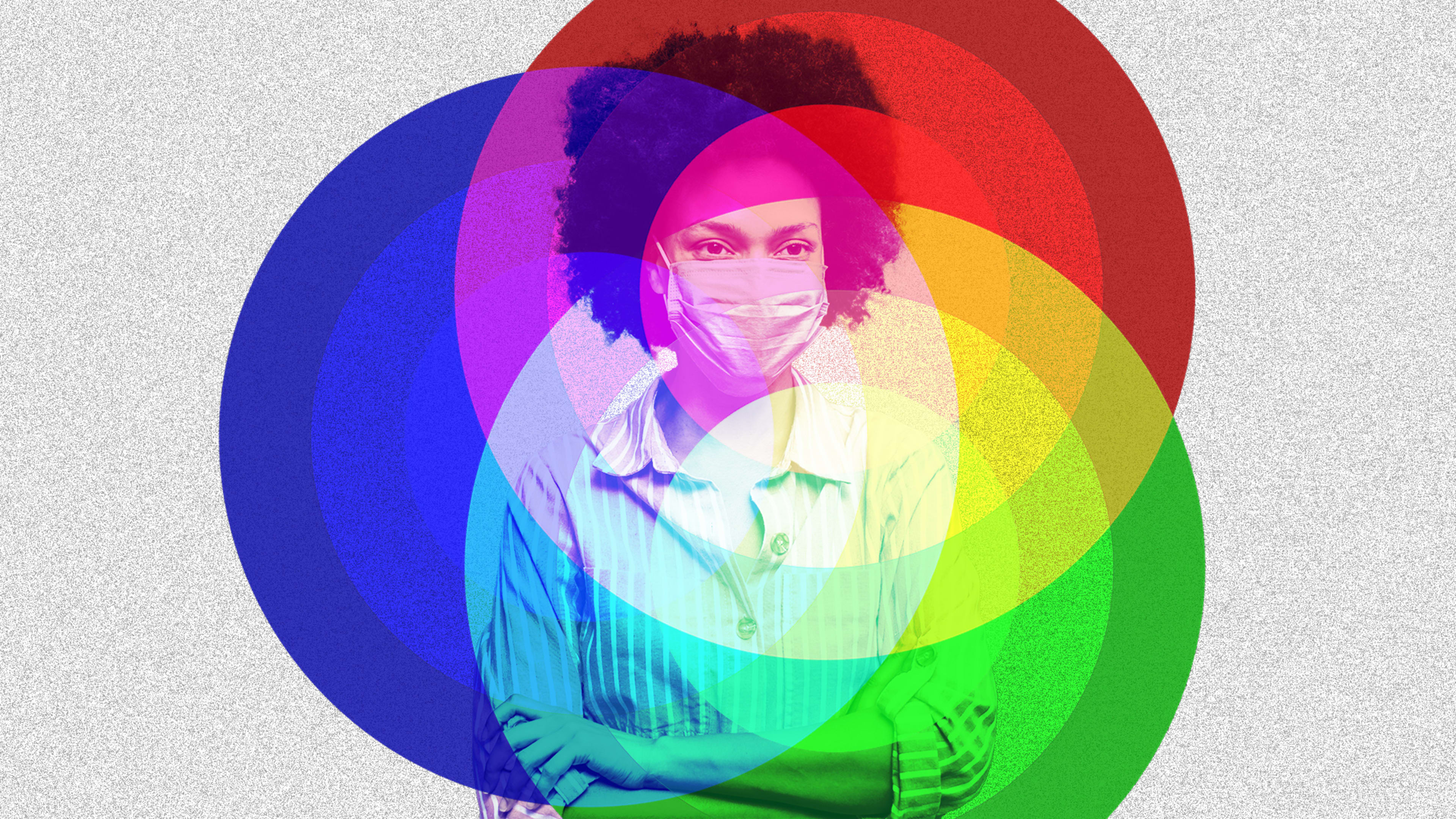In 1990 during the AIDS epidemic, psychologist Phillip Strong penned an essay on a new model for “Epidemic Psychology.” He outlined a descriptive framework of what he believed happened to the human psyche during mass disease spread. During the Black Plague and the AIDS crisis, he posited, there were concurrent psychosocial epidemics of fear, panic, suspicion, and stigma. The method of transmission for this collective distrust and uncertainty was communication itself. “The human possession of language means that the fear of such disease can be rapidly, even instantly transmitted (as through television) across millions of people and from one society to another,” he wrote.
The ongoing COVID-19 pandemic has offered a rare opportunity to put Strong’s model to the test. In a new paper published in the journal Nature, a group of researchers find that Strong’s ideas were correct—and may put us into a Hobbesian war of all against all, if we’re not careful.
To assess whether Strong’s model held during the pandemic, researchers analyzed 122 million tweets from January through December of 2020. They found that Americans were cycling through a string of emotions that closely mimicked those originally identified in Strong’s paper. The first is what he called a “collective disorientation,” or inability to determine the importance of a new disease. The second is a fear and paranoia that turns everyone and everything into a potential vector of the disease. A final facet is about taking action and how people resolve to respond to the disease, which often involves some flavor of moralizing that negatively impacts certain groups.
The group created a list of keywords that represent the phases as identified by Strong. They then mapped those words to four academic lexicons for understanding emotions, psychological states, and pro-social behavior. To make sure they were capturing more refined data, one of the researchers went through 100 of the most retweeted tweets in each phase to mark them with keywords representing their major concepts. The group also applied more qualitative research methods to understand prominent themes and the relationships between those themes.
In their analysis, the researchers said three more-specific phases emerged: refusal, anger, and acceptance. These phases cycled continuously throughout the pandemic. At first, people refused to believe the pandemic was real. Then, when the first Americans died from COVID-19 and pandemic restrictions were set, people became angry. As time went on, disbelief was gradually replaced with an acceptance of this new reality. Researchers also found that between January and July of 2020, anger reoccurred, spiking alongside each new wave of cases.
They also found that moralistic reaction to the virus predominately happened at the beginning of the pandemic as evidenced through the popularity of two hashtags: #WuhanVirus, which was appended to tweets claiming the virus was in some way made by the Chinese or a problem exclusive to China, and #QAnon, a tag that was frequently attached to tweets with racist undertones. Offline, the U.S. saw an increase in anti-Asian hate crimes in 2020, though the study doesn’t reference this phenomena.
The moralizing action and the fear of one another are, perhaps, the scariest repercussions of epidemic psychology, though they may be limited in scope. Researchers saw Twitter users largely focus on themselves and their own daily activities in response to the pandemic. In the acceptance phase, they were inclined toward constructive action focused on the collective.
The researchers also noticed that the cycle of emotions they witnessed resembled stages of grief. While many commentators have observed a sort of collective agony among Americans, this model could put data behind that idea. The researchers propose future studies to examine the relationship between the phases they identified and grief.
As with all research, this study had limitations. People on Twitter represent a specific subset of Americans who tend to be younger, liberal, and highly educated and not reflective of all Americans’ attitudes. There is also ample opportunity for bias: People may portray more positive attitudes on social media than they’re actually feeling. In addition, it’s possible that bots or fake accounts may have influenced the results of the study. Regardless, researchers argue, it’s a relevant sample, and the scale and granularity of psychological data that’s available on Twitter is otherwise unattainable.
In total, what the researchers offer is a way to quantify the human psychological response to the pandemic through language. Perhaps one day, this social data mining framework may be used to understand psychological epidemics and, through targeted public health campaigns, drive people en masse toward more positive outcomes.
Recognize your brand’s excellence by applying to this year’s Brands That Matter Awards before the early-rate deadline, May 3.
